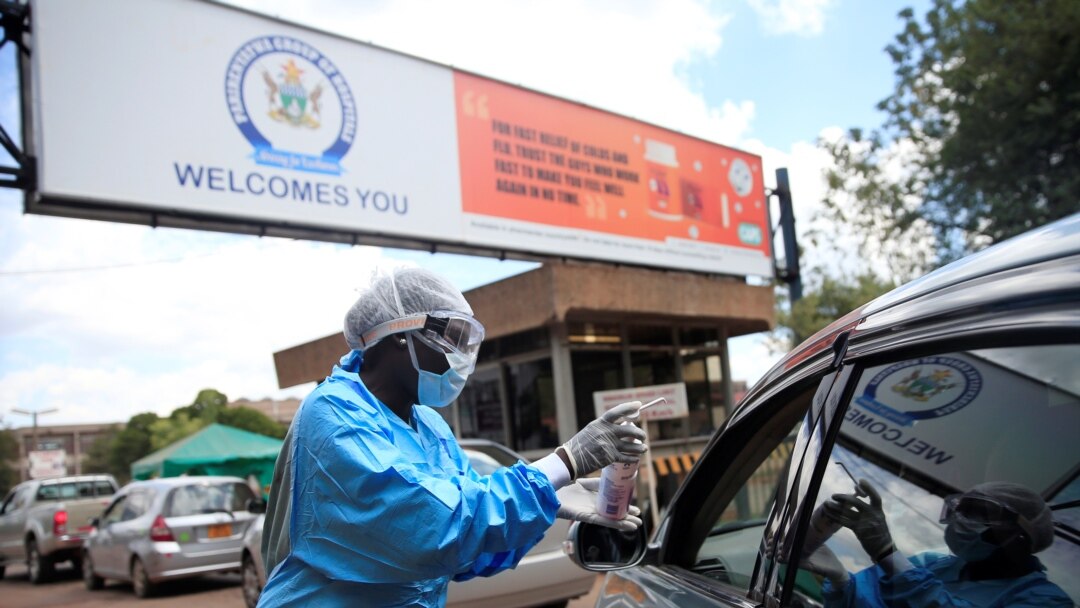Joint statement by FAO, EC-JRC, FEWS NET and WFP
FAO – Food and Agriculture Organization of the United Nations; FEWS NET – Famine Early Warning Systems Network; JRC – European Commission’s Joint Research Centre;WFP – World Food Programme
Rome – Southern Africa is currently in the grip of an intense drought that has expanded and strengthened since the earliest stages of the 2015-2016 agricultural season, driven by one of the strongest El Niño events of the last 50 years.
Across large swathes of Zimbabwe, Malawi, Zambia, South Africa, Mozambique, Botswana, and Madagascar, the current rainfall season has so far been the driest in the last 35 years. Agricultural areas in northern Namibia and southern Angola have also experienced high levels of water deficit.
Much of the southern African sub-region has consequently experienced significant delays in planting and very poor conditions for early crop development and pasture re-growth. In many areas, planting has not been possible due to 30 to 50 day delays in the onset of seasonal rains resulting in widespread crop failure.
Although there has been some relief since mid-January in certain areas, the window of opportunity for the successful planting of crops under rain-fed conditions is nearly closed. Even assuming normal rainfall for the remainder of the season, cropwater balance models indicate poor performance of maize over a widespread area.
Seasonal forecasts from a variety of sources (1) are unanimous in predicting a continuation of below-average rainfall and above-average temperatures across most of the region for the remainder of the growing season.
The combination of a poor 2014-2015 season, an extremely dry early season (October to December) and forecasts for continuing hot and drier-than-average conditions through mid-2016, suggest a scenario of extensive, regional-scale crop failure.
South Africa has issued a preliminary forecast of maize production for the coming harvest of 7.4 million tonnes, a drop of 25 percent from the already poor production levels of last season and 36 percent below the previous five-year average.
These conditions follow a 2014-2015 agricultural season that was similarly characterized by hot, dry conditions and a 23percent drop in regional cereal production.
This drop has increased the region’s vulnerability due to the depletion of regional cereal stocks and higher-than-average food prices, and has substantially increased food insecurity. Even before the current crisis began, the number of food-insecure people in the region (not including South Africa), already stood at 14 million (2), according to the South African Development Community (SADC).
As of early February, FEWS NET estimates that, of this total, at least 2.5 million people are in Crisis (IPC Phase 3) and require urgent humanitarian assistance to protect livelihoods and household food consumption.
The numbers of the food insecure population are now increasing due to the current drought and high market prices (maize prices in South Africa and Malawi were at record highs in January).
Drought emergencies have been declared in most of South Africa’s provinces as well as in Zimbabwe and Lesotho. Water authorities in Botswana, Swaziland, South Africa and Namibia are limiting water usage because of low water levels. Power outages have been occurring in Zambia and Zimbabwe as water levels at the Kariba Dam have become much lower than usual.
While it is too early to provide detailed estimates of the population likely to be food-insecure in 2016-2017, it is expected that the population in need of emergency food assistance and livelihood recovery support will increase significantly. Additional assistance will be required to help food-insecure households manage an extended 2016 lean season.
In the short term, the following actions are required:
- continued close monitoring of the season to inform decision-making on programming and targeting;
- immediate additional assistance to help currently food-insecure households;
- updating of contingency plans, intensification of advocacy and resource mobilization to address the impact of an extended post-2016 harvest lean season;
- increased awareness-raising of the need for a regional approach to address the effects of drought that are becoming more frequent and intense.
Over the coming year, humanitarian partners should prepare themselves for food insecurity levels and food insecure population numbers in southern Africa to be at their highest levels since the 2002-2003 food crisis.
This statement reflects a shared view of current conditions and the likely evolution of the situation in southern Africa by major actors involved in global food security monitoring and early warning. Further details can be obtained from the following reports:
- WFP Seasonal Monitor
- FEWSNET Southern Africa Food Security Alert
- FAO Global Information and Early Warning System (GIEWS) Special Alert for Southern Africa
- European Commission’s in-house science service, Joint Research Centre – El Niño report
(1) ECMWF: European Centre for Medium Weather Forecasts. CPC: Climate Prediction Centre. UKMet: United Kingdom Meteorological Office. IRI: International Research Institute for Climate and Society
(2) See page 5 of this WFP report for official SADC numbers at the start of the season. Not including South Africa, the 14 million includes 7.6 million in currently drought affected countries, plus 6.6 million in DRC (where conflict, not drought is the driver of food insecurity) and 0.4 million in Tanzania, which is not drought-affected during El Niño. South Africa is excluded as its figures are not directly comparable.






